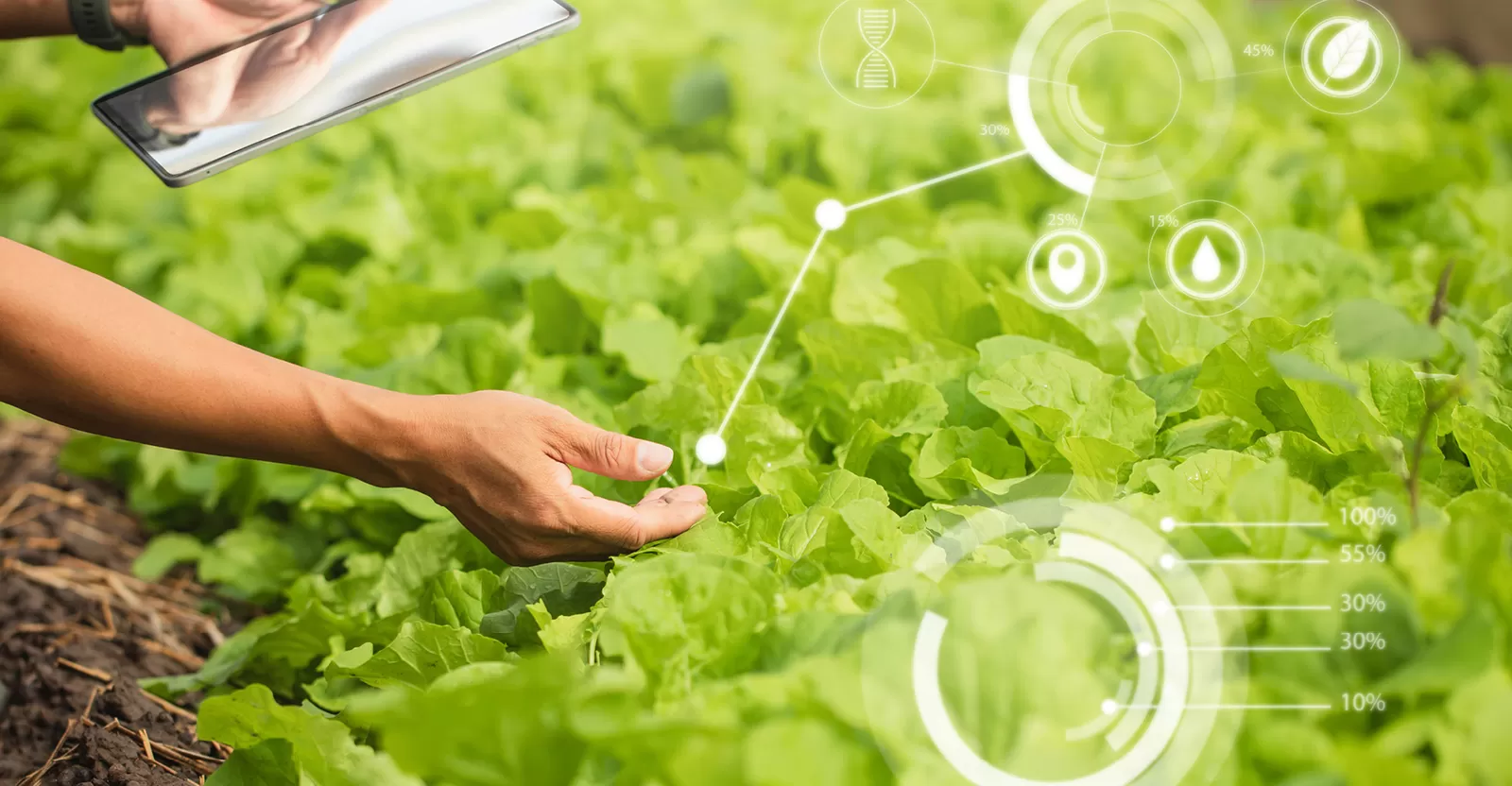
With advancements in technology and environmental practices, along with demands for increased production and product variety, the modern farming landscape has changed dramatically. This is where upskilling and reskilling come in – essential tools for building a resilient, adaptable and thriving workforce.
Upskilling and reskilling – understanding the difference
- Upskilling involves enhancing existing skill-sets. This could involve training on new technologies such as data analysis tools for optimising crop yields, or learning about vertical farming techniques to adapt to limited land availability.
- Reskilling equips employees with entirely new skill-sets for different roles within the industry. This could mean training a farmhand to operate drones for aerial crop monitoring or teaching a seasoned farmer the principles of regenerative agriculture.
Why invest in upskilling and reskilling?
Beyond keeping up with trends, upskilling and reskilling each offer numerous benefits:
- Enhanced productivity and innovation
By equipping employees with the latest knowledge and tools, farms can operate more efficiently and sustainably. Upskilling in areas such as soil science and irrigation management, for example, can lead to improved resource utilisation and higher yields. - Improved talent retention and job satisfaction
Investing in employee development fosters loyalty, boosts morale and reduces turnover. Employees value opportunities for growth and are more likely to stay with companies that offer them. - A more adaptable workforce
A skilled and adaptable workforce is better equipped to handle challenges like climate change, market fluctuations and technological advancements.
Tailoring training programs
Specific training needs will vary across farms and agricultural businesses – however, some general areas for focus include:
- Certification
Obtaining nationally recognised certifications can enhance employee skills and demonstrate commitment to professional development. - Technology adoption
Staying updated on technological advancements such as automation, AI and precision agriculture is crucial for maintaining a competitive edge. Australian agribusinesses face key challenges in areas like regenerative agriculture, water conservation, pest management and waste reduction. - Cross-training
Developing a versatile workforce through cross-training can enhance efficiency and resilience. By exposing employees to a variety of roles, you can foster a collaborative team environment and prevent job dissatisfaction associated with monotonous tasks.
Making further education accessible
To ensure that upskilling and reskilling initiatives are successful, they should be accessible to all employees. Consider these strategies:
- Microlearning – offering short, focused online courses that allows employees to learn at their own pace.
- Mentorship programs – pairing experienced workers with newer staff fosters knowledge transfer and builds a strong team culture.
- Industry partnerships – collaborating with agricultural colleges and training organisations can provide access to specialised resources and expertise.
By investing in upskilling and reskilling, agribusinesses can cultivate a workforce prepared for both today’s challenges and future opportunities. To learn more about developing your future leaders and creating a sustainable agribusiness, read about eight actionable strategies.

